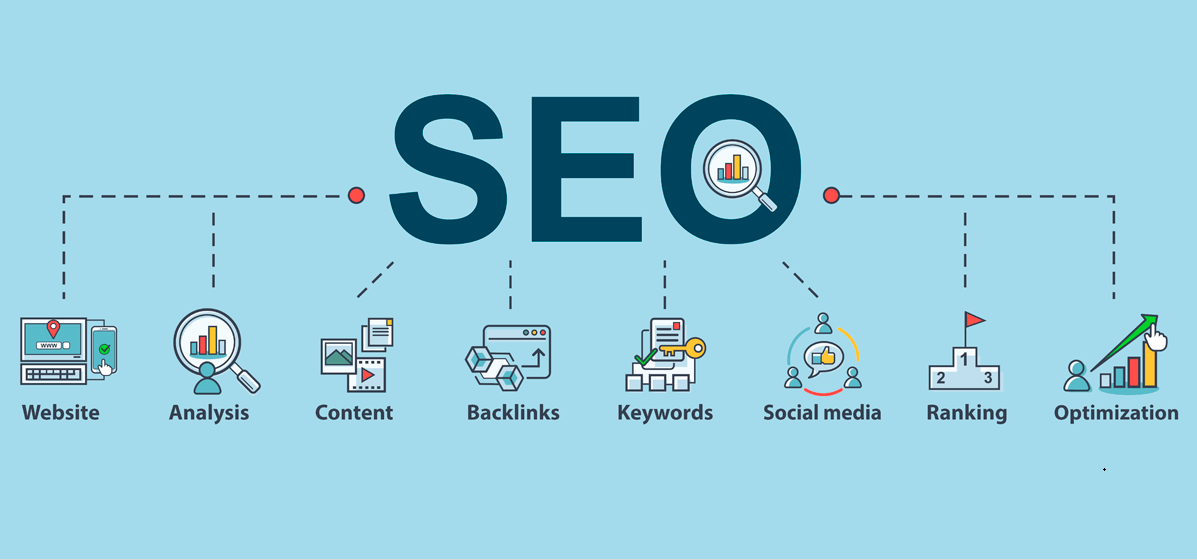How to Retain SEO After Website Redesigning: A website redesign is an exciting opportunity to improve your website, but it can also have a negative effect on your SEO. If not done correctly, you can lose out on valuable search engine visibility and traffic. Fortunately, there are steps you can take to ensure your SEO remains strong after a website redesign. In this article, we’ll take a look at why SEO matters after a redesign, and provide a checklist of pre- and post-redesign SEO tasks.
1. Why SEO Matters After Redesign
SEO is an important part of any website, regardless of whether it’s undergoing a redesign or not. After a redesign, it’s important to ensure that your SEO efforts are not lost. A website redesign can affect your SEO in several ways. It can change the structure of your website, which can affect the way search engine crawlers index your pages. It can also affect the way your website is coded, which can affect the way search engine algorithms view your website. Finally, it can affect the way users interact with your website, which can affect the way search engines rank your pages.
2. Pre-Redesign SEO Checklist
Before you begin a website redesign, it’s important to take some steps to ensure your SEO efforts are not lost. First, create a list of all the keywords and phrases you want to target. This will help you ensure that your new website is optimized for the keywords you want to rank for. Next, create a list of all the URLs on your current website. This will help you create 301 redirects to ensure that users and search engine crawlers are directed to the correct pages on your new website. Finally, create a list of all the backlinks pointing to your website, and create a plan for how you will preserve them on your new website.
RELATED: FOUR (4) COMMON WEBSITES SEO MISTAKES TO AVOID IN 2024
3. Post-Redesign SEO Checklist
Once your website redesign is complete, there are a few steps you can take to ensure your SEO remains strong. First, check that all the 301 redirects you set up are working correctly. Next, check that all the content on your new website is optimized for the keywords and phrases you want to target. Finally, check that all the backlinks pointing to your website are still intact.
4. Next Steps for Improving SEO
Once you’ve completed the pre- and post-redesign SEO checklists, there are a few additional steps you can take to improve your SEO. First, create a plan for how you will regularly update your content with fresh, relevant information. This will help ensure that your website remains up-to-date and relevant to search engine algorithms. Next, create a plan for how you will build new backlinks to your website. This will help you increase your website’s visibility and authority in the eyes of search engine algorithms. Finally, create a plan for how you will monitor your website’s SEO performance. This will help you keep track of your progress and make adjustments as needed.
A website redesign can be a great opportunity to improve your website, but it can also have a negative effect on your SEO. Fortunately, by taking the right steps before and after the redesign, you can ensure that your SEO remains strong. This includes creating a pre-redesign SEO checklist, a post-redesign SEO checklist, and a plan for how you will continue to improve your SEO performance. With the right strategy in place, you can ensure that your website redesign is a success.
Hope this article really shows you how to retain SEO after website redesigning. Check us out on Linkedin.










